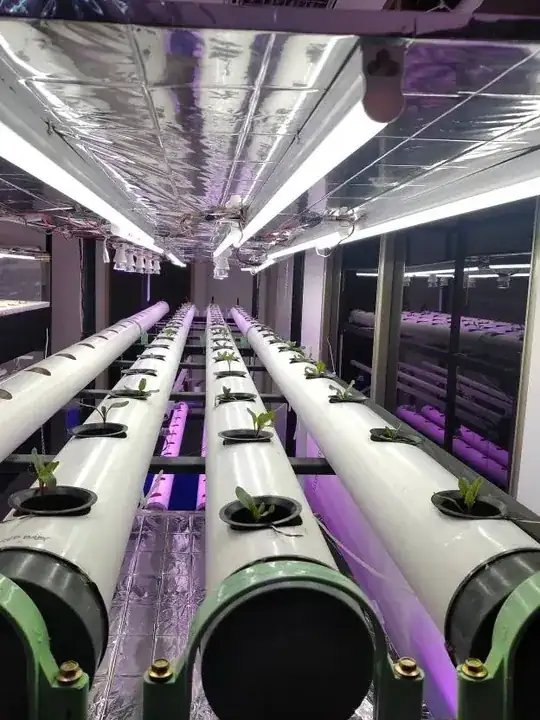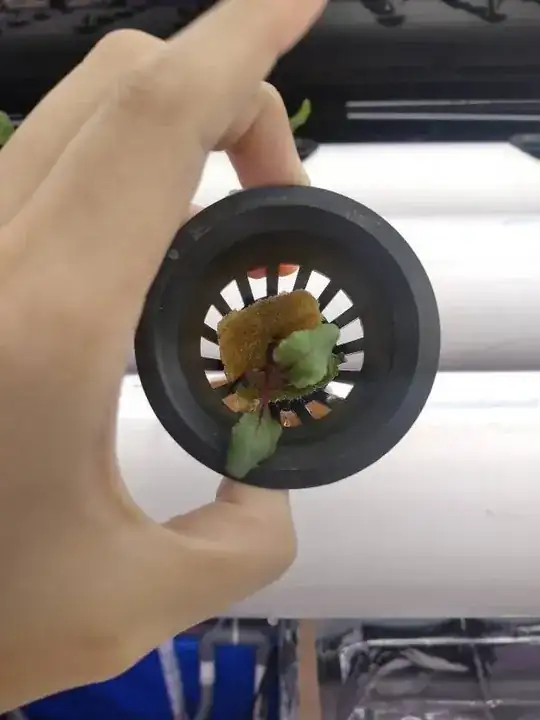I planted red baby lettuce in an indoor hydroponic system. There are two types of lightning I used for this plant, A system (a hydroponic system that uses white LED lights) and a B system (an aeroponic system that uses 52 Watt Red and Blue Grow lights). I used Air Conditioning in the room so the temperature were always around 22 Celcius degree and the relative humidity was 55-58%.
- The A system (a hydroponic system that uses white LED lights) The rockwool are half-dipped in the system so they always wet
- The B system (an aeroponic system that uses 52 Watt Red and Blue Grow lights) The sprayer turns on every 12 minutes and it sprays for 2 minutes.
I transplanted them when they were 11 days old. The AB mix fertilizer was around 600 - 680 ppm, and the light intensity was around 1000 - 2000 lux. The last time I checked the pH is around 7.0 - 7.6. When they were 14 days old, some of their leaves are dehydrated even though the rockwool was wet by the water. I changed the fertilizer afterward and now the pH was around 6.7 and the nutrition was 719 ppm.
My assumptions regarding this problem were the lettuce plants were too young to be transplanted to a hydroponic system with fertilizers around 600 ppm. Then the pH was too high for the young leaves because the optimum pH must around 6.0 - 7.0. But I'm not sure if they were the only problem, I might miss the other factors.



